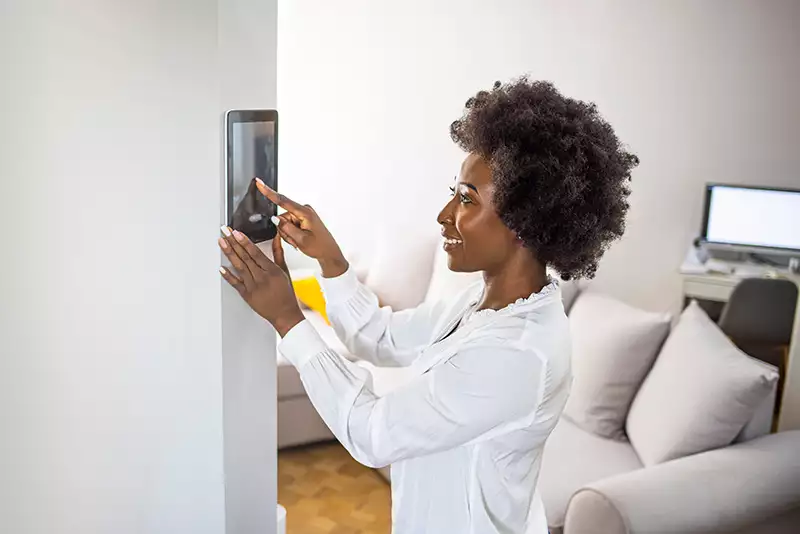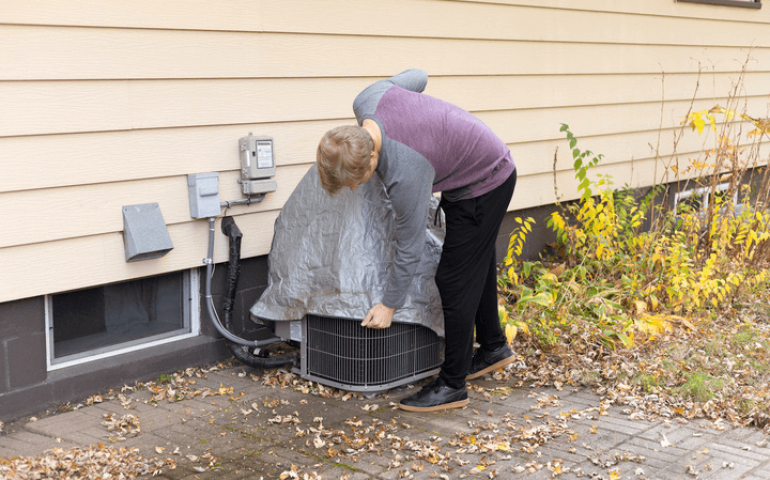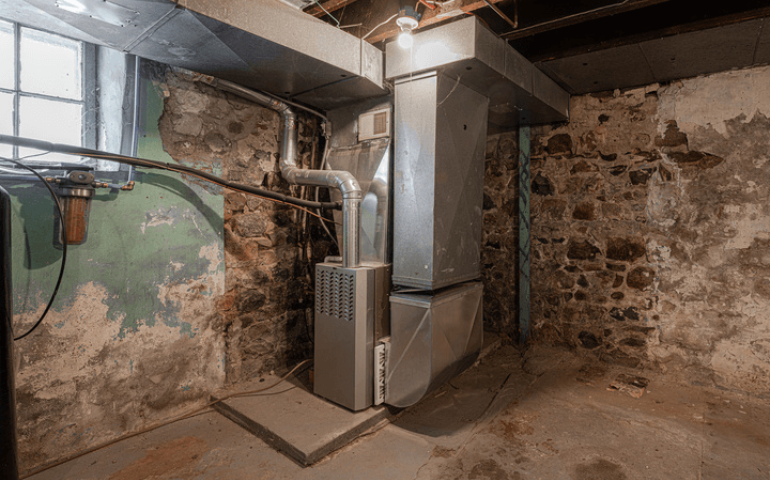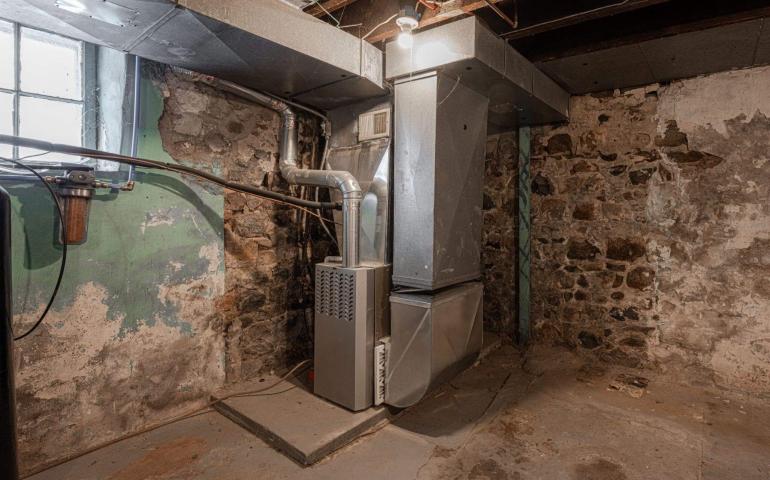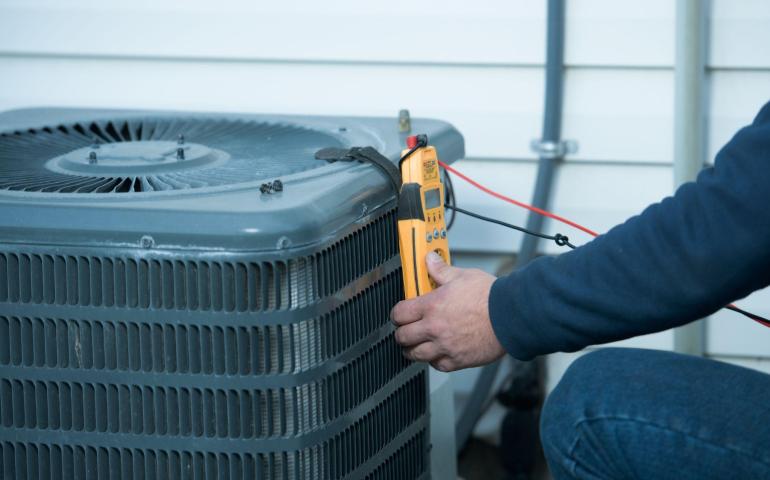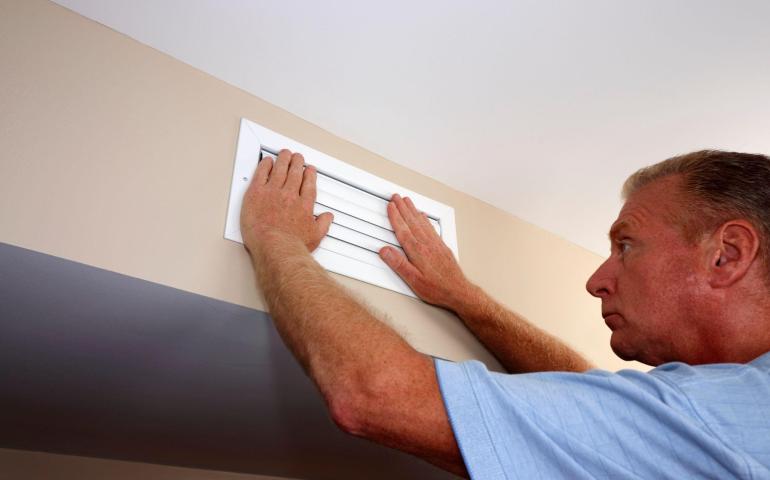Smart thermostats are a significant step up from standard thermostats thanks to added accuracy with settings, remote access capabilities, and impressive energy savings potential. However, no thermostat will serve you well if it's not set correctly. This can be a bit of a challenge if you have more than one floor to sufficiently heat and cool. Master Mechanical is here to help with this dilemma with advice on setting your thermostat if you have a multi-story home.
The Impact of Multiple Floors on Home Comfort
Many homeowners get into the habit of setting thermostats for each floor of a multi-story home to the same temperature preference. The problem with doing this is the way warm and cool air travels. Hotter air naturally goes up, and cooler air settles to the lower areas of your home. So, if your thermostats for each floor are set precisely the same, you could end up dealing with:
- Increased HVAC system wear and tear
- Air conditioning that has to work harder to keep upper floors cool
- A heating system that needs to do more work to maintain comfort on lower floors
- Wasted energy and higher utility bills from uneven heating and cooling
The Two-Degree Rule for Two-Story Homes
The two-degree rule serves as a golden compass when setting thermostats in two-story homes. This simple yet effective strategy involves setting each thermostat two degrees Fahrenheit apart. For instance, if you prefer a comfortable 72 degrees on the main floor, set the upper-level thermostat to 70 degrees.
Setting Your Thermostat During the Summer
In the summertime, set the thermostat for the upper floor at the temperature you prefer. The lower floor thermostat is then set two degrees lower. What this does is avoid unnecessary cooling of the lower floor in your home since it's already naturally on the cool side. Plus, you won't have to worry about having a chilly downstairs on hotter days.
Setting Your Thermostat During the Winter
Do the process in reverse during the winter months. Set the thermostat on the lowest floor in your home to your desired temperature setting. The upper floor thermostat is then set two degrees lower. The extra heat generated downstairs will naturally gravitate upwards to make up for the slight variation in temperature settings.
More Than Two Stories? Use the One-Degree Rule
If you have more than two stories in your home, go with a one-degree difference between floors instead of two. And if you have a finished basement, ignore this space and start with the main lower floor, where your home's primary entrance is located. Set the thermostat for the basement in a way that's comfortable for that space.
Recommended Temperature Setting
According to the Department of Energy, the most efficient home temperature setting is 78 degrees Fahrenheit for the warmer months of the year and 68 degrees for the cooler months. On especially hot or cold days, you can always bump up the difference between floors to 4-5 degrees but don't shut off the thermostat completely.
Call Us Today
Embrace the assurance of a comfortable and energy-efficient multi-story home with Master Mechanical. Our expert HVAC technicians will guide you through the intricacies of thermostat settings, ensuring your home remains a haven of warmth and comfort throughout the year.

